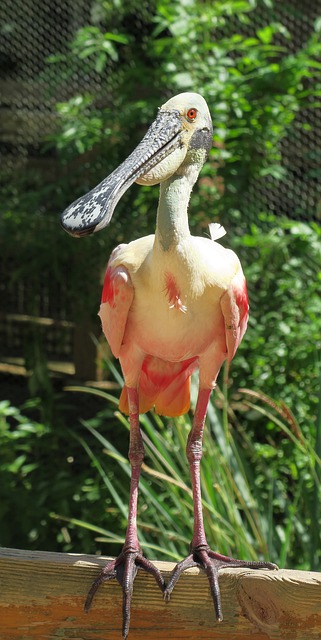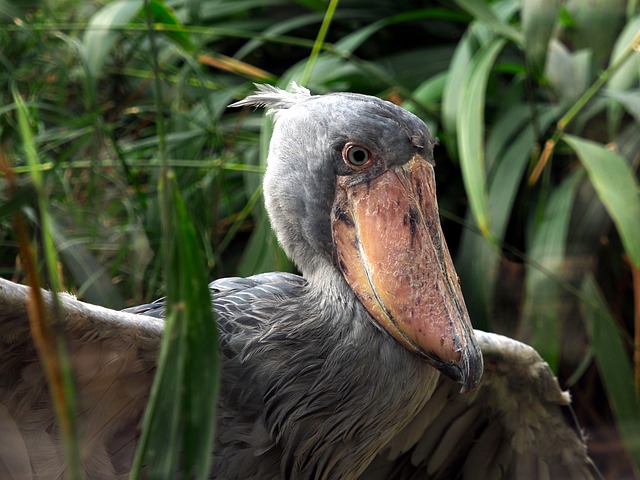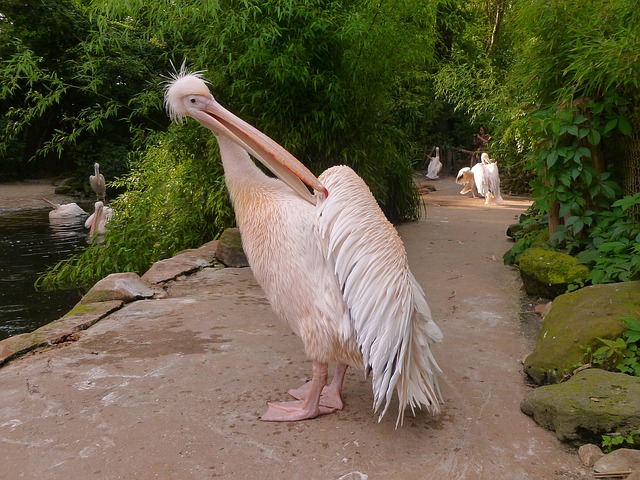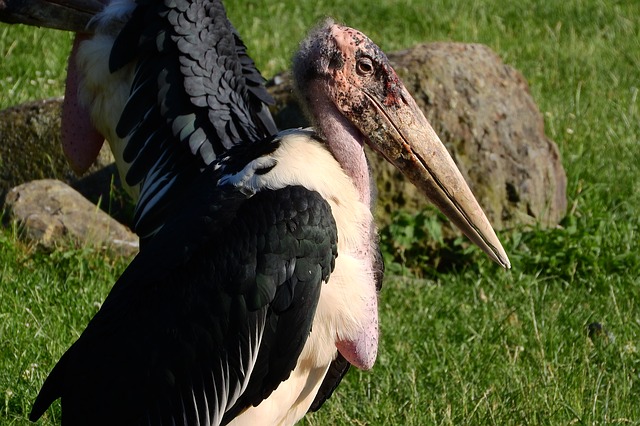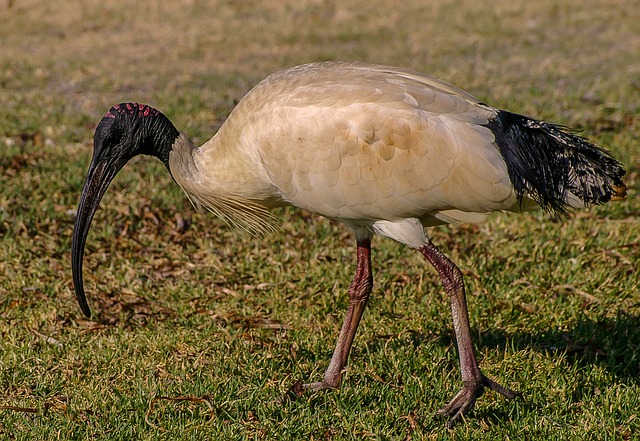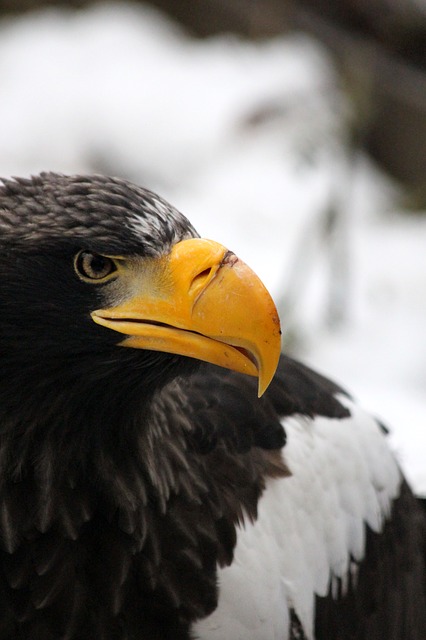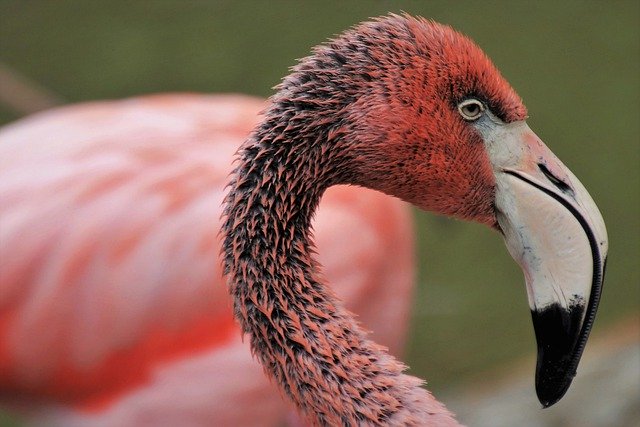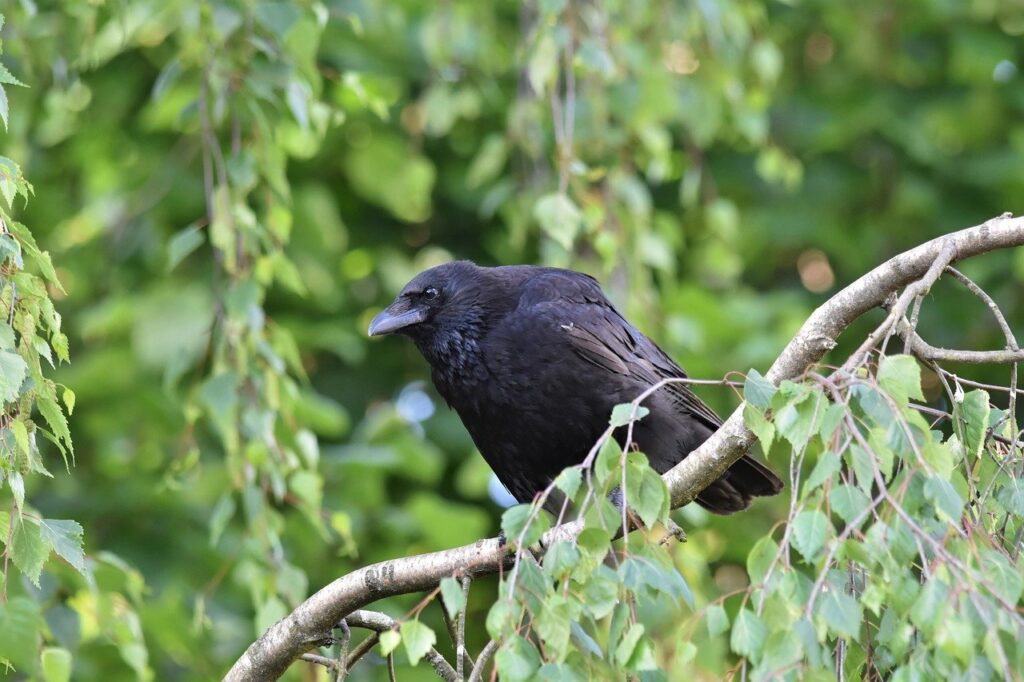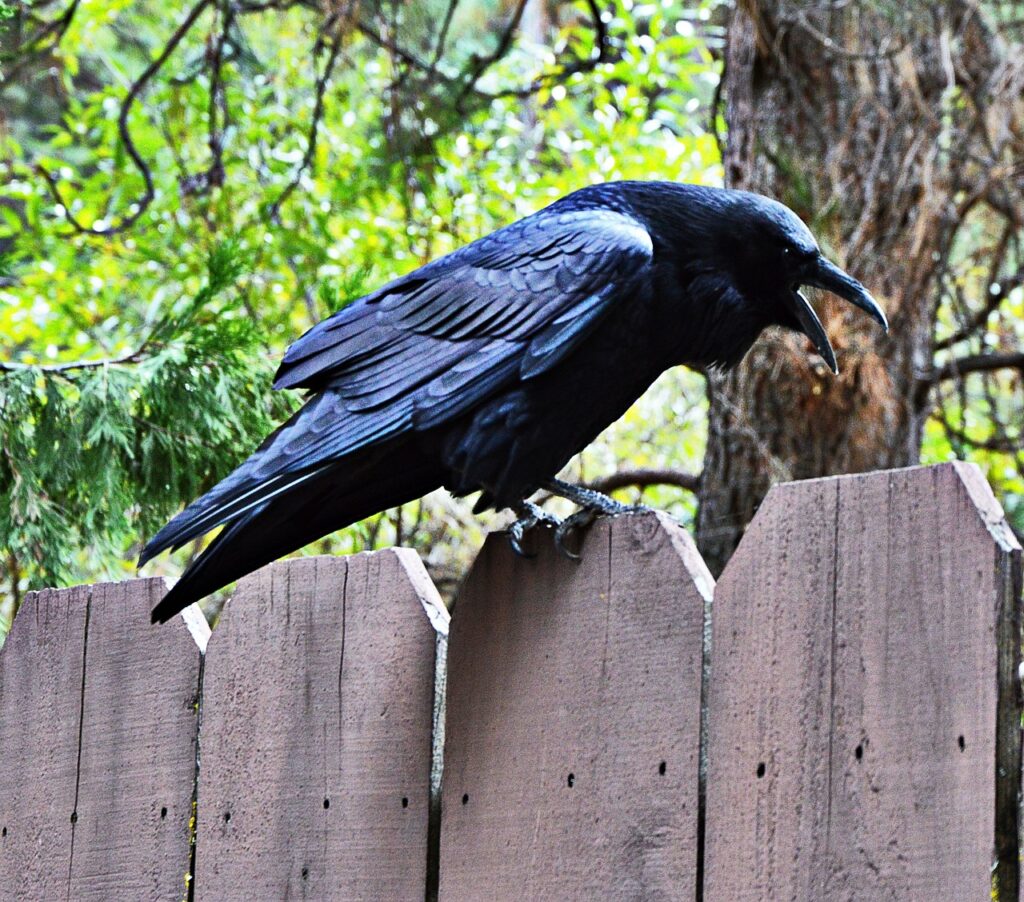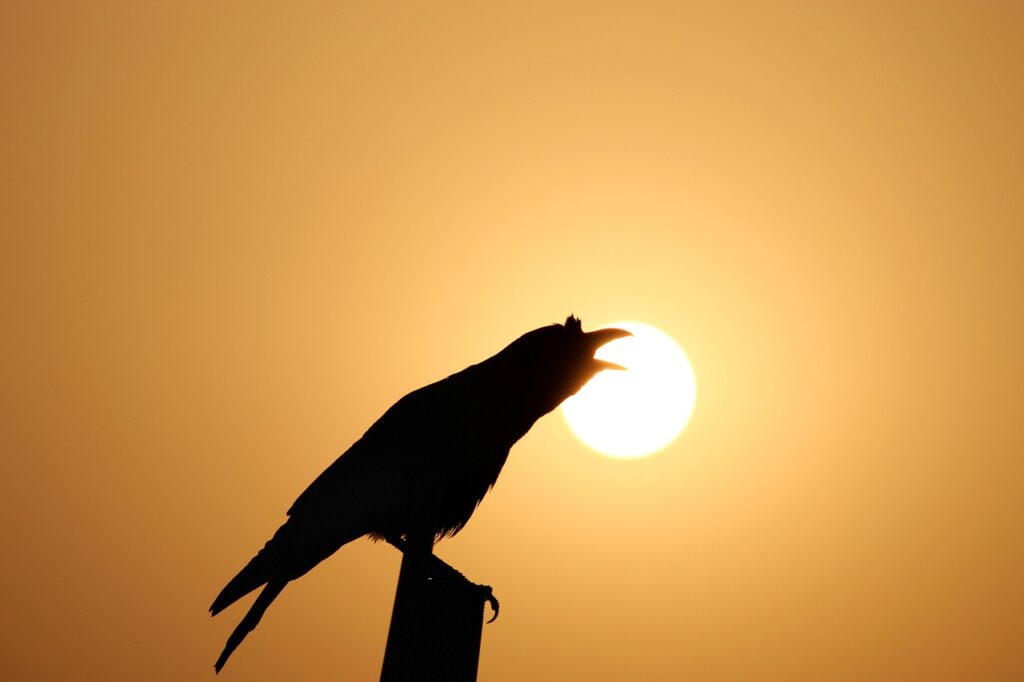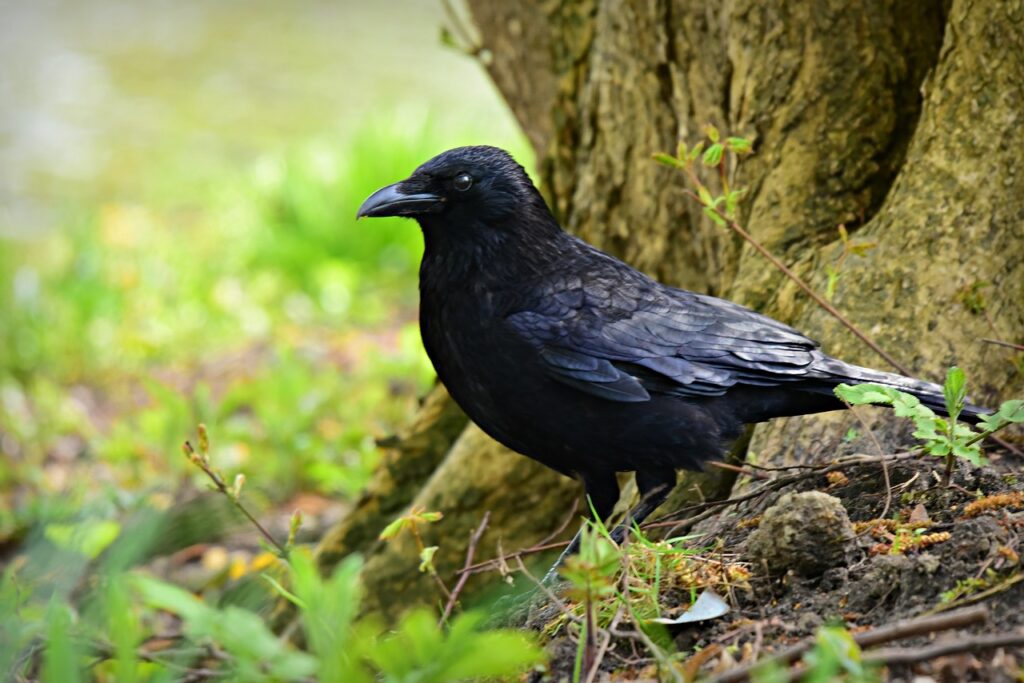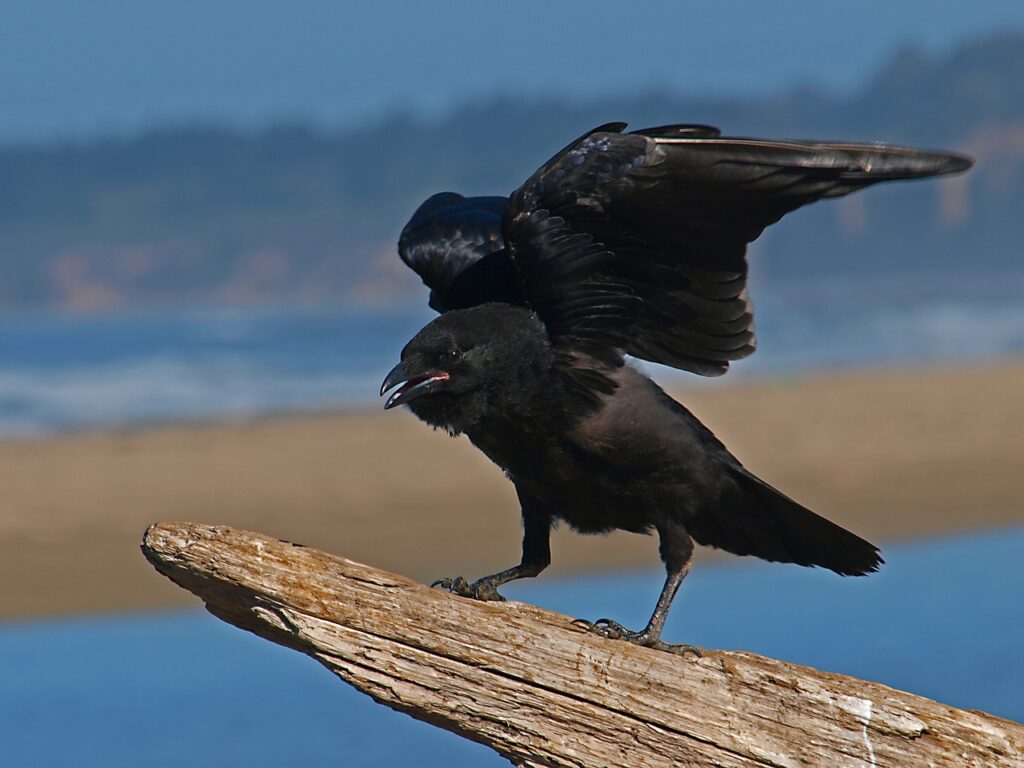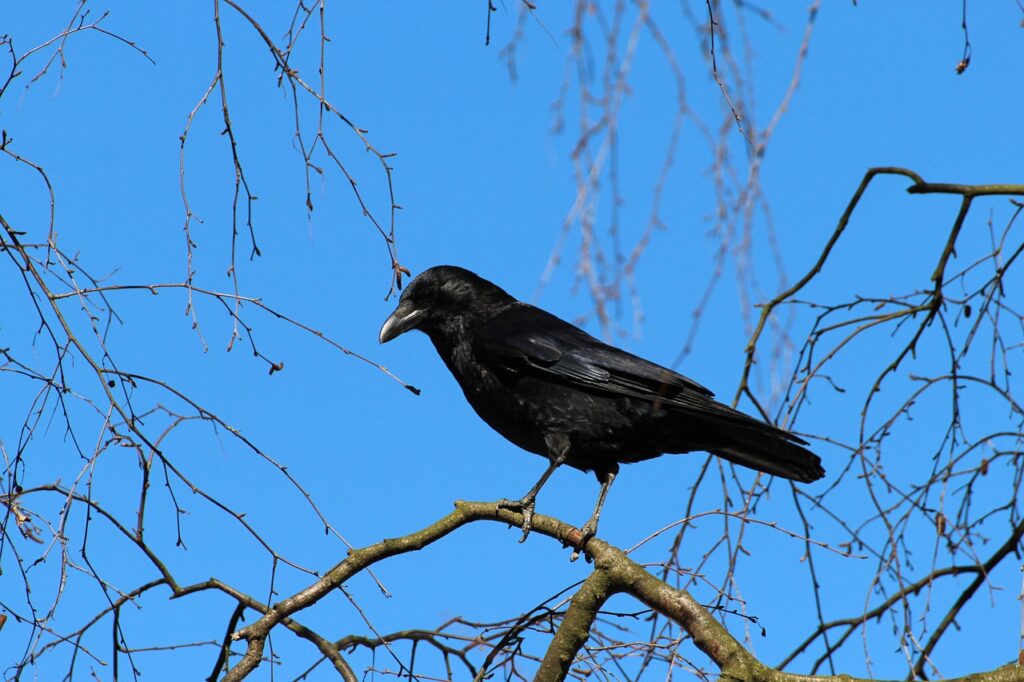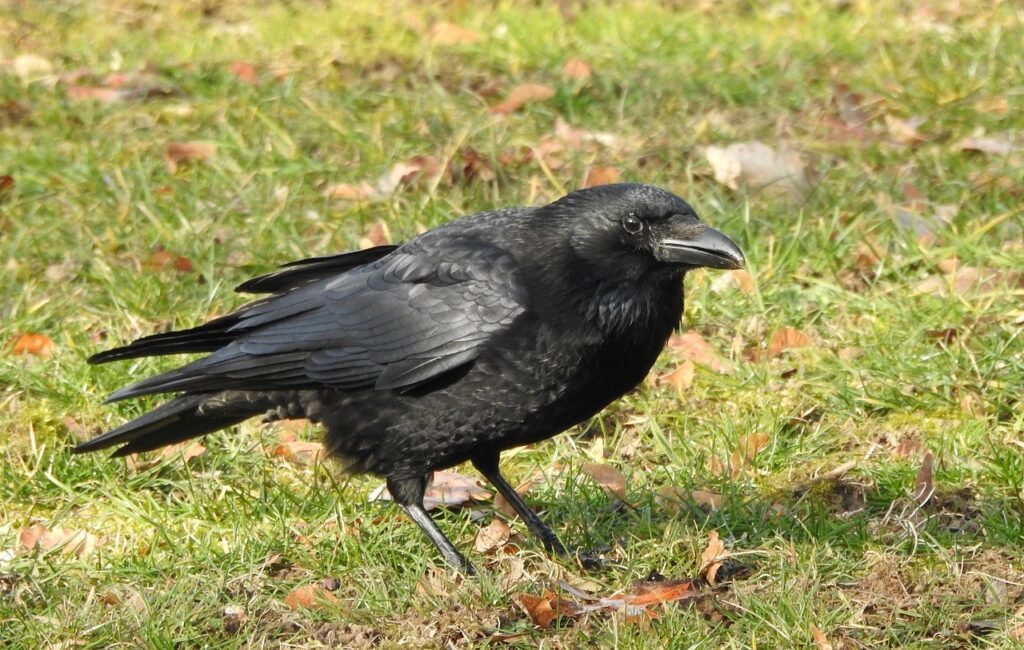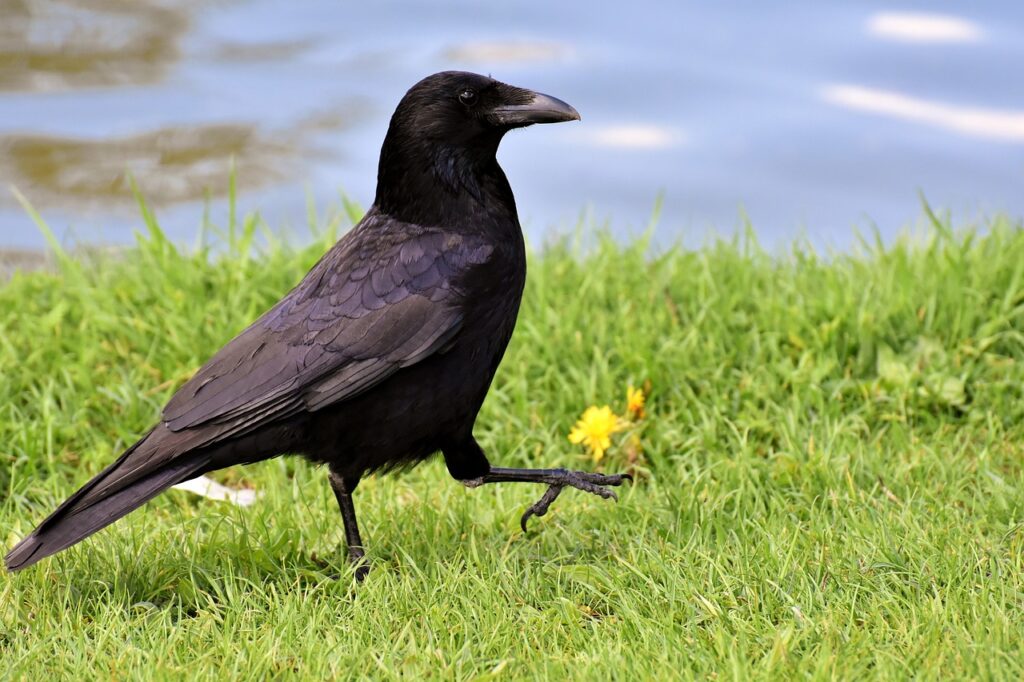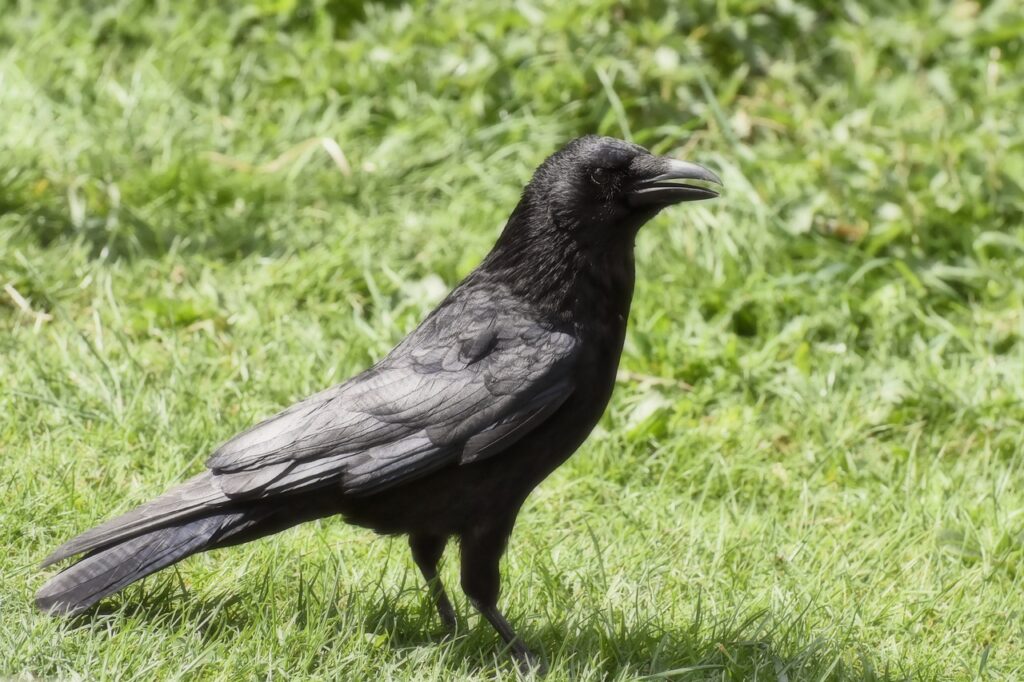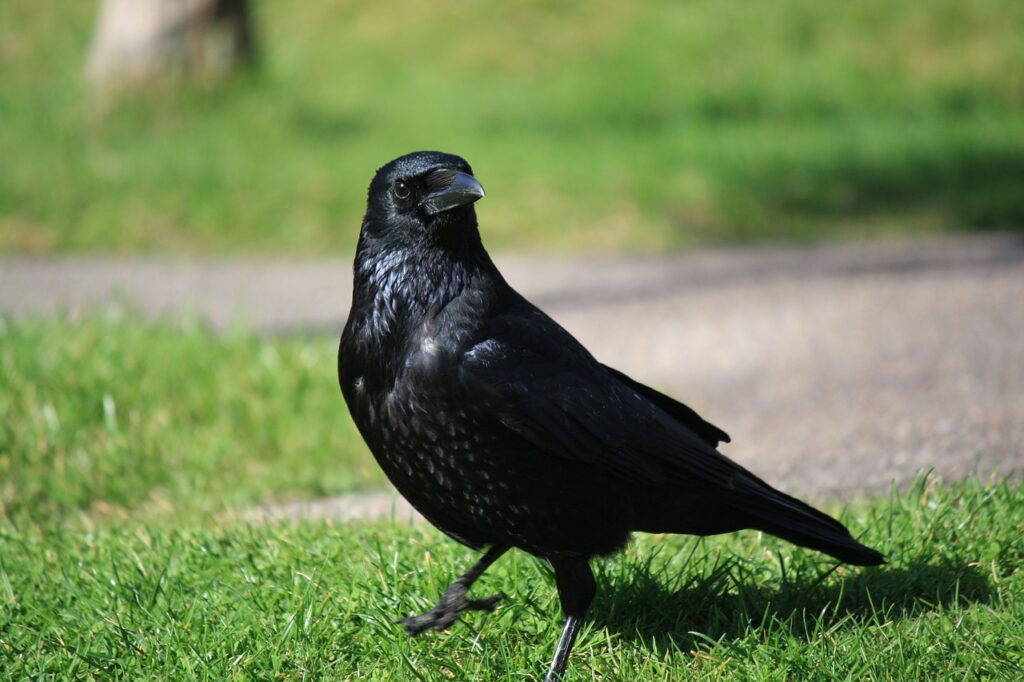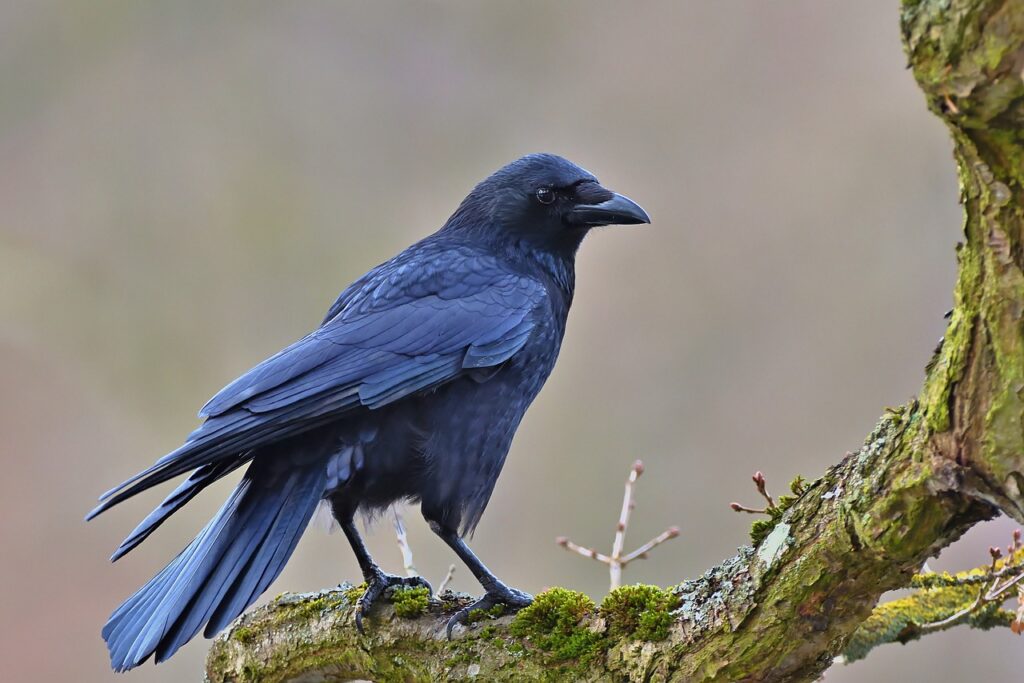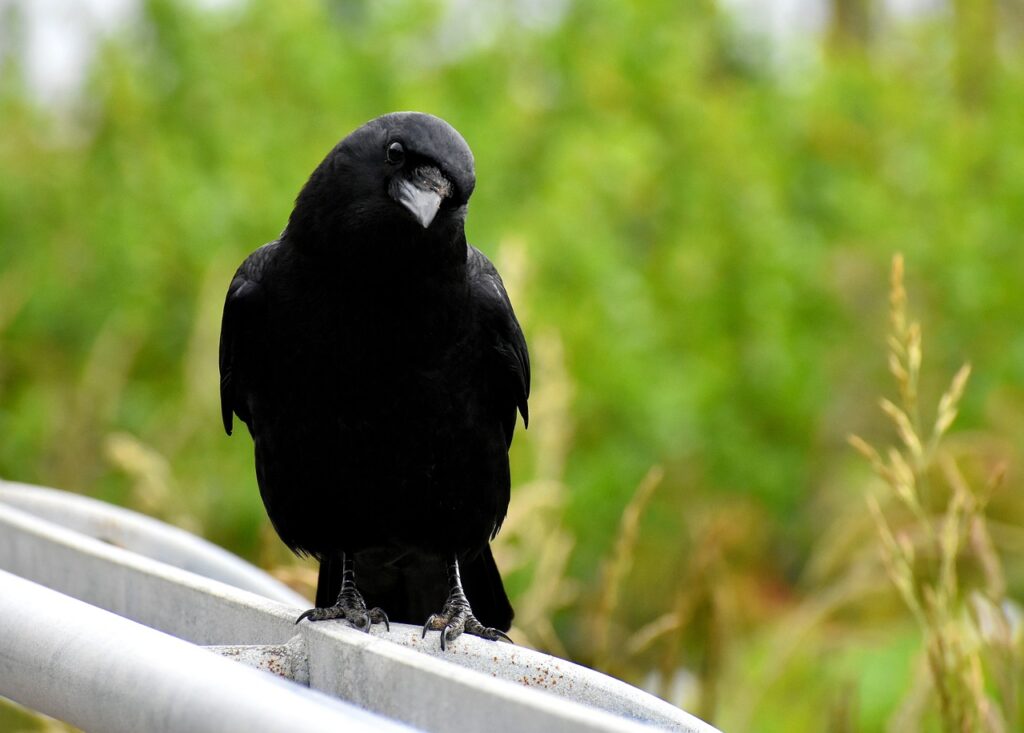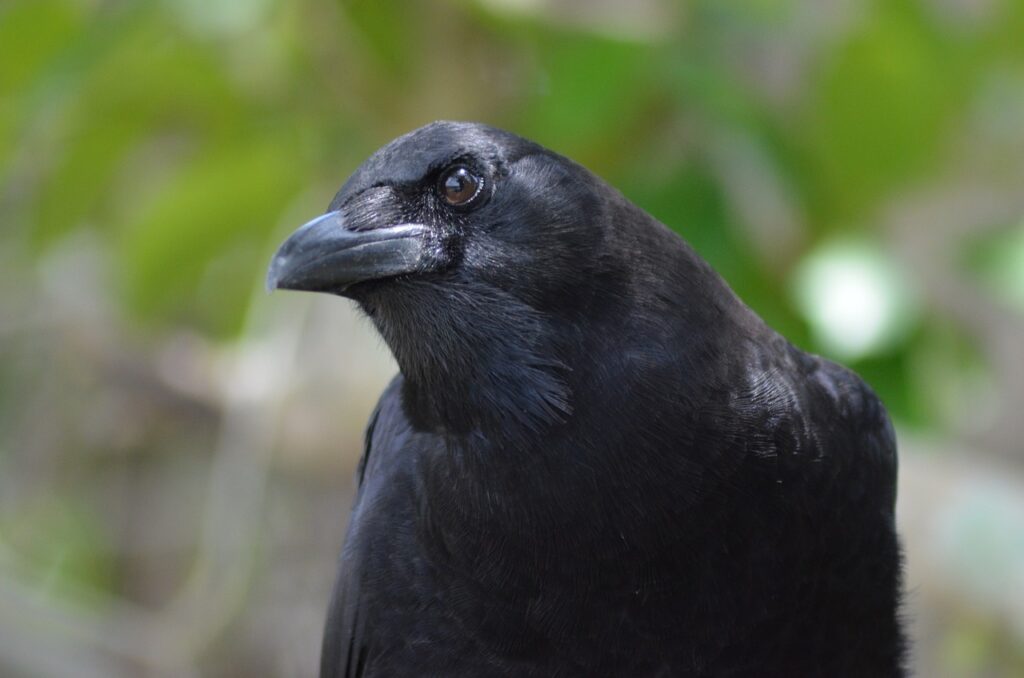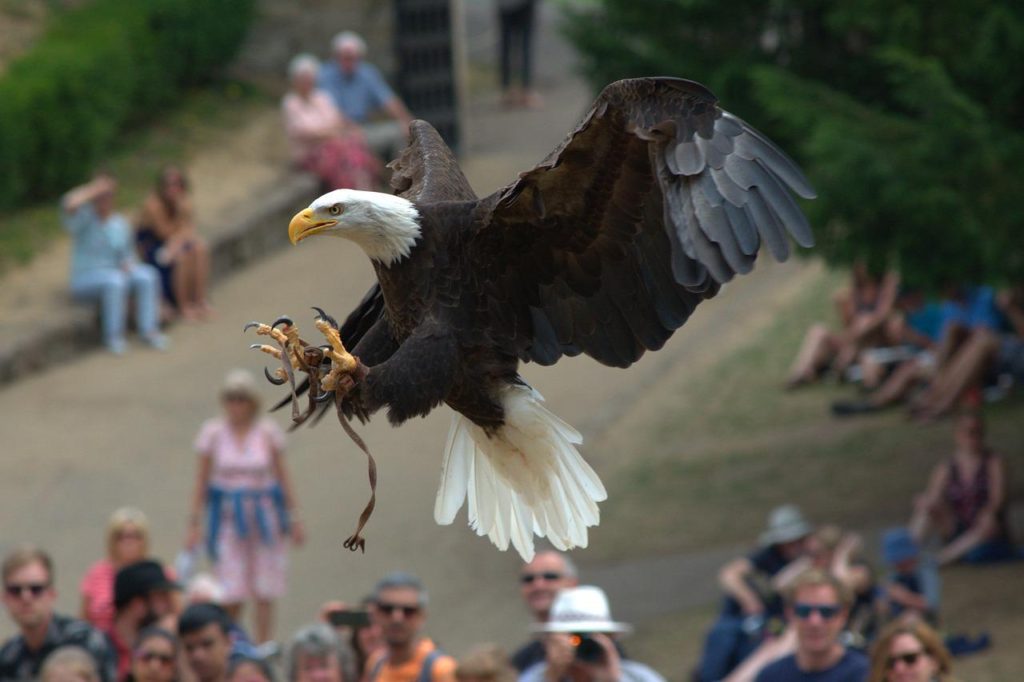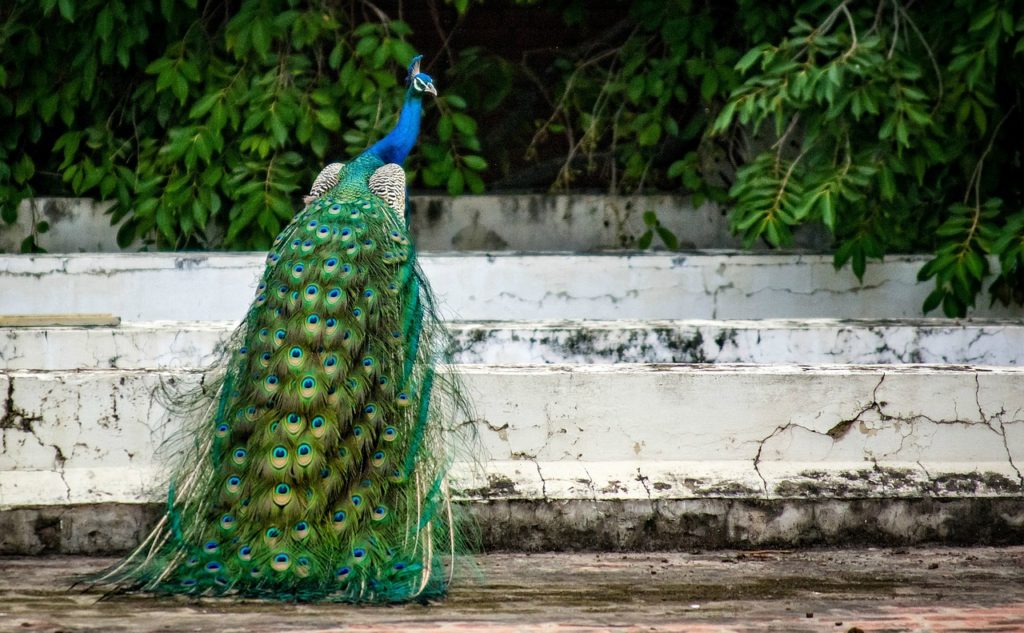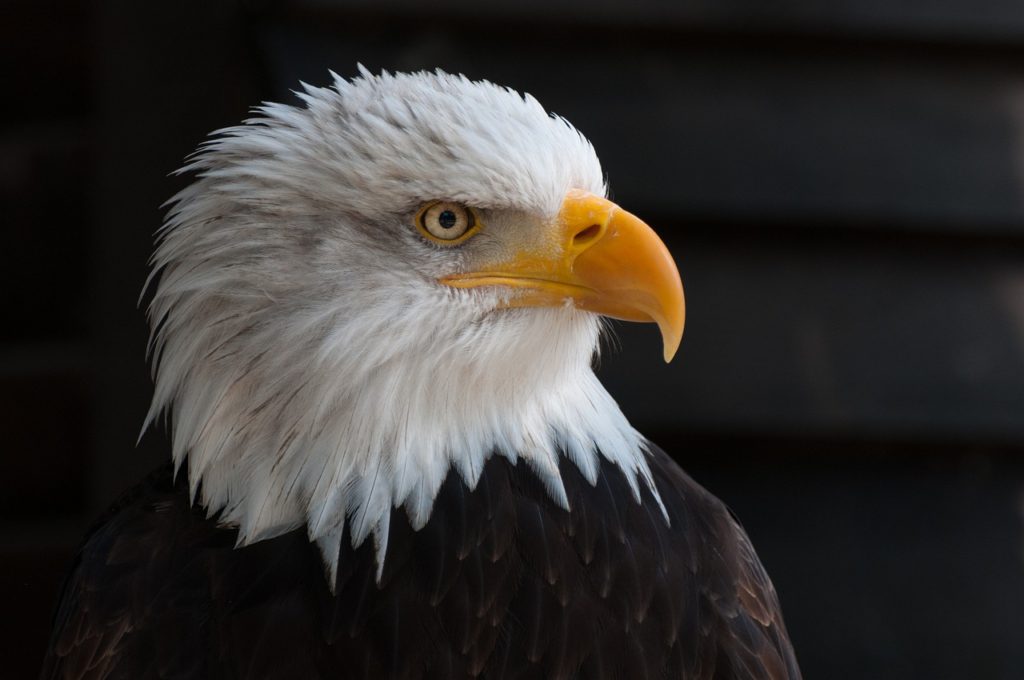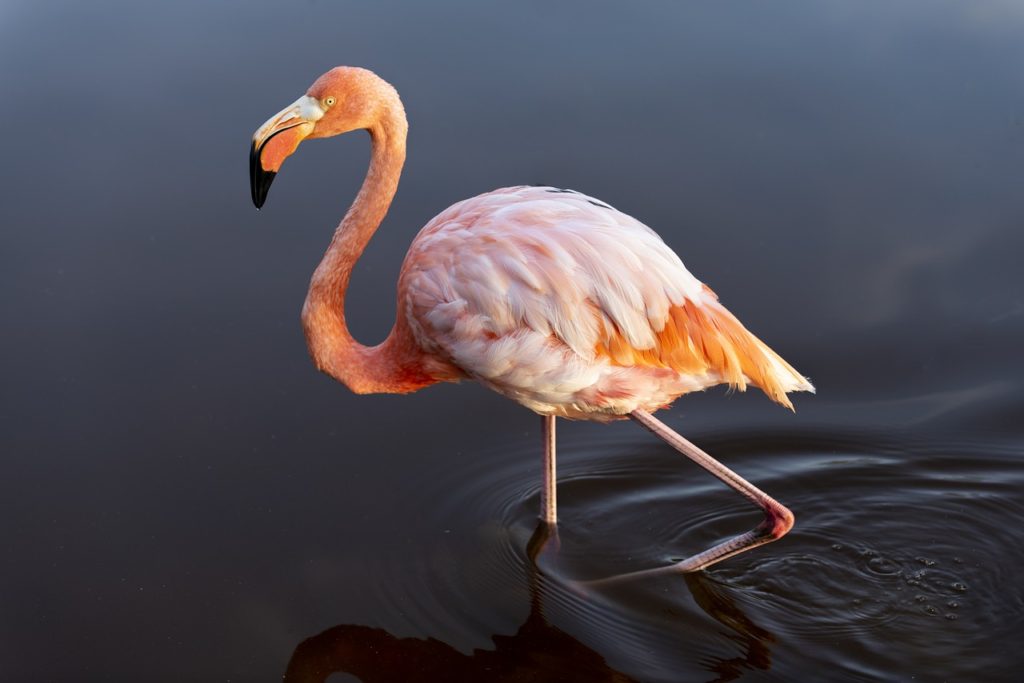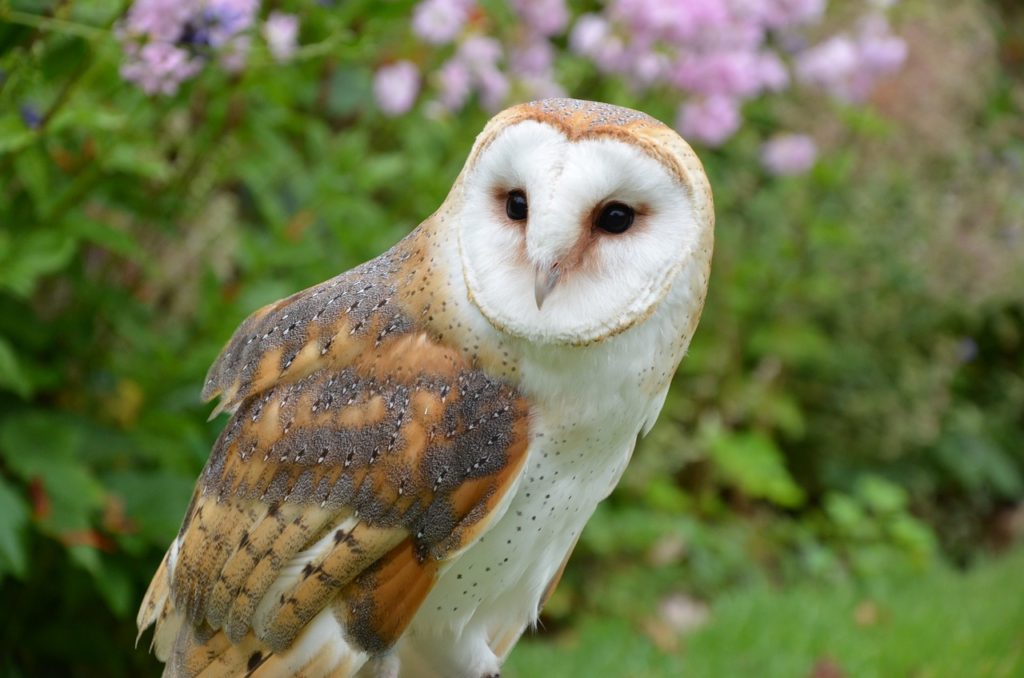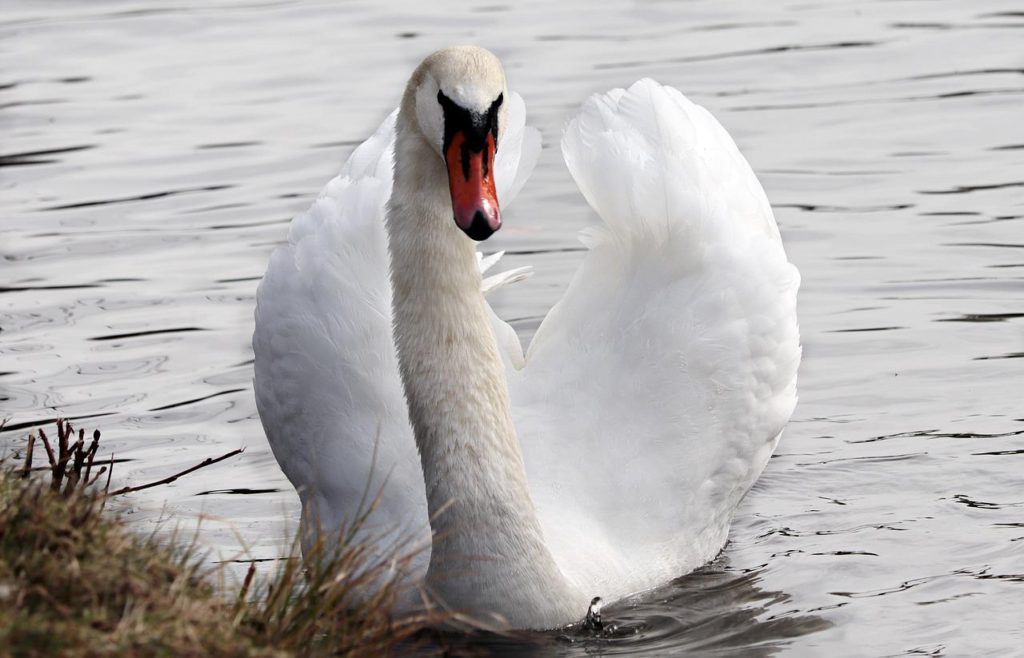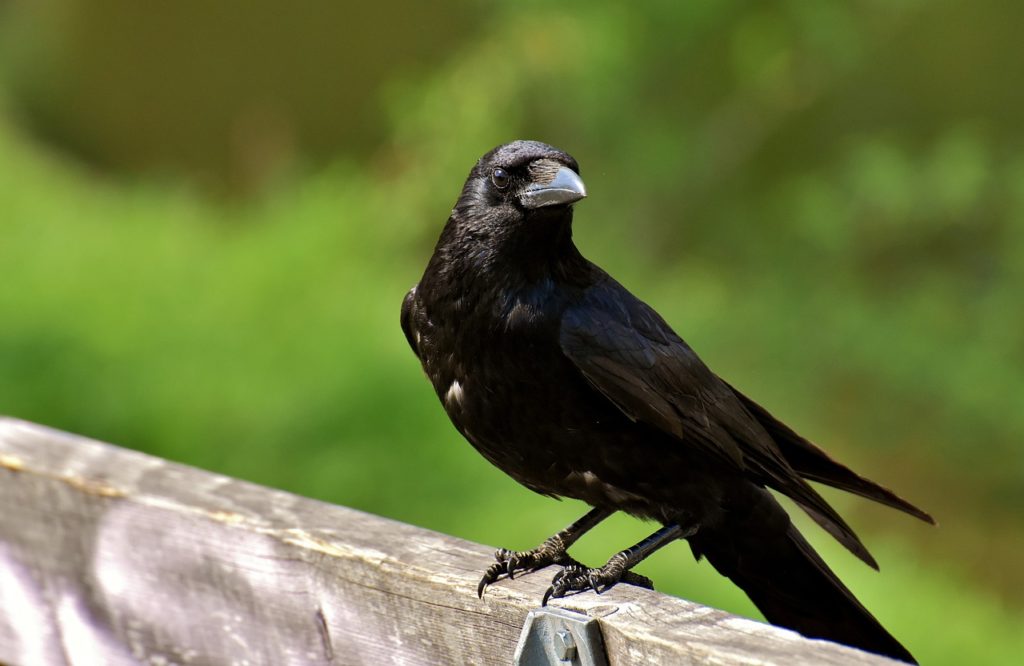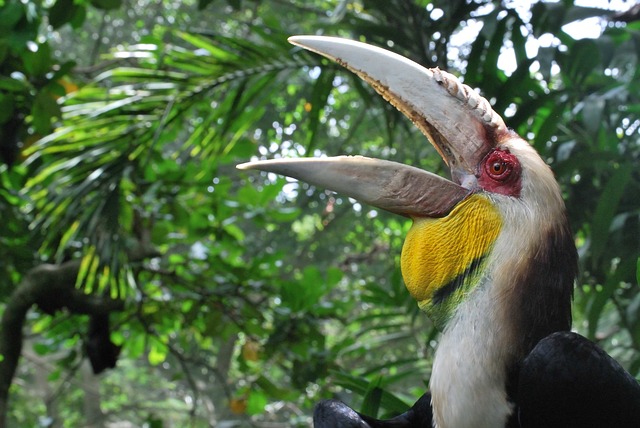
There is an enormous variety of bird species on the planet. And while many have stunning colors or plumage, there are only a handful of birds with huge beaks. The following birds have some of the largest beaks on the planet.
Toucan
Toucans can have beaks that are as long as their entire bodies and four times the size of their heads. However, despite its huge size, a toucan’s beak is actually quite lightweight. That’s because it’s hollow. Its extreme length helps the toucan to reach tasty fruit on high-up branches and get into the cavities of trees to steal eggs from other birds.
Spoonbill
The spoonbill has a large and flat beak that’s totally unique. It looks like a long spoon! It sweeps its oddly-shaped beak from side to side under the water to catch its food, small aquatic creatures. These wading birds are hard to mistake for any other type of bird once you’ve seen their distinctive beak. However, the roseate spoonbill can sometimes be confused for the flamingo from a distance because of its similar body type and pink color.
Hornbill
While the many different species of hornbills vary in size, they are all birds with huge beaks that have a downward curve. Their beaks can also be quite colorful. Some hornbill species also have a casque, which looks similar to a horn on the upper portion of their beak that makes it even larger in size. With the exception of the helmeted hornbill that has a solid casque, most casques are hollow and actually light in weight.
Shoebill
The shoebill gets its name from its most distinguishing feature, its gigantic shoe-shaped beak (also sometimes called a bill). Its beak has sharp edges which help this tall prehistoric looking bird to decapitate its prey. These edges also serve to get rid of any debris or vegetation which may have been accidentally scooped up when striking the prey. While it may look like a stork, this huge-beaked bird is actually related to the pelican.
Pelican
It’s hard to mistake the pelican for any other type of bird. That’s because attached to its beak it has a large throat pouch that is used to scoop up fish. One of the biggest pelican species of all is the great white pelican. It can be distinguished by its huge pink and yellow beak, pale yellow pouch, and pure white plumage.
Marabou Stork
Many stork species have large or even extra-large beaks. The size and shape of their beak depend on their diet. Marabou storks are scavengers. They are tall birds with huge beaks that they use to tear the meat off of animal carcasses. Like vultures, marabou storks have featherless heads which help to keep them clean when eating rotting flesh.
Ibis
The ibis is closely related to both storks and spoonbills. Its beak is quite long and curves downward. This helps the ibis to probe the mud for food such as crustaceans, bugs, worms, and fish. The inside of the beak is so sensitive that it can identify food items without actually seeing them.
Steller’s Sea Eagle
The enormous body size, extra-large beak, and long curved talons of the Steller’s sea eagle make it quite a scary-looking bird. Luckily it mainly feeds on fish and sometimes water birds. However, it is known to hunt the occasional fox or even small dog as well. The robust yellow beak of the Steller’s sea eagle is actually the largest beak of all the eagle species.
Flamingo
You’ll often see this pink bird standing on one leg with the other leg tucked under its body. The flamingo is a wading bird that uses its wide yet flat beak to both catch food and also filters out water, silt, and mud. Because it feeds with its head upside down the structure of the beak is the opposite of most birds: it has a huge lower beak and a small upper beak.
Hyacinth Macaw
The hyacinth macaw is the largest of all macaw species and the largest parrot in the world by length. These are gorgeous birds with huge beaks and striking blue plumage. They are totally blue except for a yellow ring around the eye and a yellow area underneath the beak. Their large and powerful beaks help them to crush seeds and nuts and are even strong enough to crack coconuts.
Start Shopping for Birding Supplies!
Crow Symbolism: Everything You Need To Know
Ever wondered why the crow has captured the imagination of so many cultures throughout history? Let's embark on a fascinating journey through the world of crow symbolism, unraveling its mysteries and discovering its significance across various cultures, religions, and...
Creepy Facts About Crows
Crows are highly intelligent birds that have thrived alongside us humans. However, while they are fascinating creatures, at the same time, there are many things about them that many people find quite unsettling. That being said here as some of the most creepy facts...
Why Are Crows So Loud?
As anyone who has heard their loud "caws," can tell you, crows are very noisy birds. In fact, they are considered one of the loudest of all bird species. But why are crows so loud? Read on to find out. The Importance Of Vocalizations Crows use vocalizations to pass on...
Do Crows Remember Faces?
Crows are known for their intelligence. But do crows remember faces? You bet they do! Here's what you'll want to know. Crow Intelligence Crows are brilliant birds. In fact, their level of intelligence is often compared to that of primates. They are so smart that they...
Why Are Crows Black?
American crows are birds with all-black plumage. But why are crows black? Well, there are several reasons. Read on to find out. Bird Color Basics Birds are some of the most colorful creatures on the planet. And they come in an amazing range of colors from white to...
Are All Crows Black?
When it comes to crows, most people are familiar with the image of a sleek-looking solid black bird. But are all crows black? No, they aren't. Here's what you'll want to know. The American Crow Is Not All Crows The American crow is found throughout most of North...
How Long Do Crows Live?
How long do crows live? That's one of the many questions people ask about these familiar all-black birds. Here's what you'll want to know about the lifespan of crows and what affects it. How Long Do Crows Live In The Wild? In the wild American crows have a lifespan of...
Enemies Of Crows
Crows are a common sight in many parts of the world. However, most of us don't realize that these distinctive jet-black birds face a range of threats even when they are in our own backyards. The following are the main enemies of crows. Natural Predators of Crows One...
Predators of Crows
In many places, crows are such a common sight that it can be easy to forget that they actually have many predators. And being "on the menu," for a range of other animals is actually why these birds are so wary. That being said, here is everything you'll want to know...
Are Crows Territorial?
Are crows territorial? The answer is yes. However, just how territorial they are can depend on several factors. Here’s what you’ll need to know. Territoriality In Birds Territoriality is the behavioral trait of defending and maintaining a specific area territory...
What Eats Crows?
Crows are large and highly intelligent birds that eat a wide variety of foods including many other animals. So, what eats crows? Here are the most common crow predators and what you’ll want to know about them. Birds Of Prey The birds of prey are a group of predatory...
Are Crows Friendly?
Crows are commonly seen, and heard, in close proximity to us in our towns and cities. But are crows friendly? The answer may surprise you. Crows Are Highly Social Birds Crows are social birds that live in family groups. And they are well known for forming close bonds...
Do Crows Mate For Life?
Do crows mate for life? Yes, they do. And this behavior is highly advantageous to them. Here's what you'll want to know. How Do Crows Attract A Mate? Crows are social birds; most of the year, they live in small family groups. During the breeding season, however,...
Birds With Talons
All birds have claws. However, only a few types have the scary-looking and dagger-sharp claws called, “talons”. So here are the birds with talons and what you’ll want to know about each of them. What Are Talons? Talons are the claws of a group of predatory birds known...
Birds With Tails
Just like birds themselves, birds’ tails come in a wide range of shapes and sizes. And some tails of course are more interesting and remarkable than others. The following are birds with tails that never fail to impress! Long-Tailed Tit The long-tailed tit, also known...
Birds With White Heads
There's no doubt about it, birds with white heads really stand out. From small to large they are quite a unique bunch. So here are some of the most fascinating white-headed birds and what you'll want to know about them White-Headed Vulture The white-headed vulture is...
Birds That Look Like Flamingos
Flamingos are wading birds with long necks and legs. These social birds live in groups and have strongly hooked downward-facing beaks which they use to feed on shrimp and other small water creatures. And they are famous for their stunning pink color. With such a...
How To Attract Owls To Your Yard
Owls are nocturnal birds of prey that can be extremely helpful when it comes to controlling rodent populations in a natural way. That is of course if you can attract them to your property by creating an owl-friendly habitat. So keep reading to find out how to attract...
Why Would A Swan Be Alone?
It's widely known that swans are incredibly social and romantic creatures, so it can be disconcerting when you encounter a solitary swan. However, there are several reasons why this might be. So why would a swan be alone? Here's what you'll want to know. But first,...
How To Attract Crows To Your Yard
Crows aren’t always pests as many people believe. In fact, these super smart birds can actually help to rid your property of many common backyard and garden pests themselves. So here’s your step-by-step guide on how to attract crows to your yard! Step 1. Create A...

